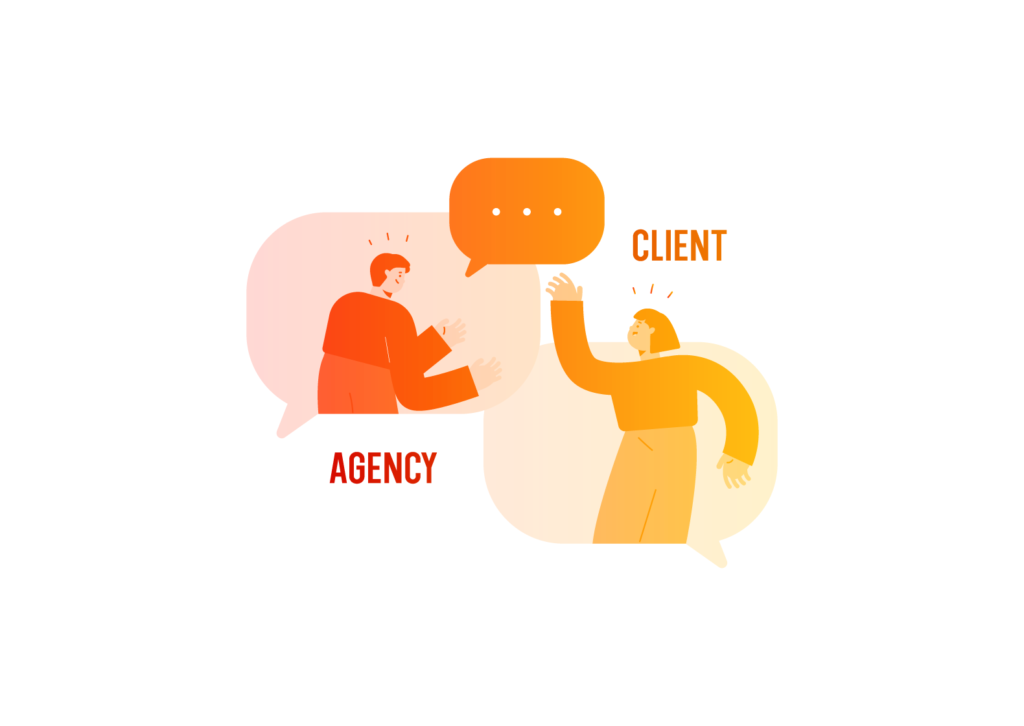Agencies love calling their clients “partners” or “teammates” – anything but “clients.” We get it – friendly labels rule. But without a good client/agency relationship, none of these titles matter.
Agencies need happy relationships, not just happy words.
So what?
Everyone wants a good client/agency relationship. After all, only a healthy relationship can make a healthy product.
When clients and agencies foster each other’s creativity, happiness, and growth, everything works more smoothly.
Employees are more efficient, managers are under less pressure, clients are happier, and everyone is more communicative. Client/agency relationships don’t just improve the process; they are the process.
What does a healthy client/agency relationship look like?
Every client/agency relationship is different because every client and every agency is one of a kind. In general, good partnerships share some common characteristics.
- active, constant communication between parties
- consistent objectives and benchmarks
- utmost transparency at all times
- a desire to build each other up
- trust and honesty
- mutual respect
A heathy client/agency relationship thrives on trust, respect, and mutual cooperation. It’s like a relationship with a romantic partner: you work to support one another and grow as a unit.
What does an unhealthy client/agency relationship look like?
Again, every unhealthy client/agency relationship is different.
- one-sided control over a project
- dishonesty or withholding information
- inconsistent objectives and benchmarks
- hostility in the workplace
- poor or limited communication
Every partnership has its ups and downs. But in an unhealthy partnership, conflict and discomfort actively get in the way of doing anything productive.
Having an unhealthy client/agency relationship isn’t the end of the world. All it means is that as things stand, the client and the agency aren’t bringing out the best in one another. It’s an entirely fixable problem.
A suboptimal relationship also doesn’t mean that either partner is bad or toxic. An agency can have a healthy relationship with one client and an unhealthy one with another client – it all comes down to how both partners interact with one another.
How to improve your client/agency relationship
Even the healthiest partnerships have areas of improvement. That’s okay. A partnership is a cooperative experience, and only ample communication can make sure needs are being respected.
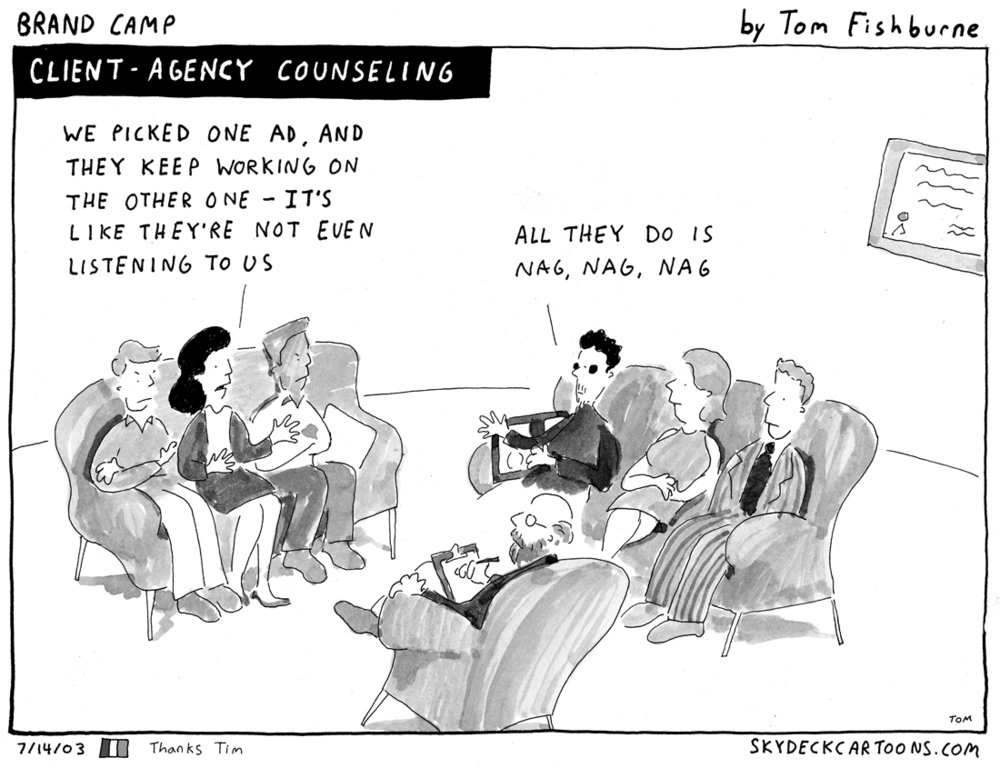
Both parties need to put in the work to make the partnership a successful one, but both parties have different responsibilities.
The Agency’s role
The role of the agency is to build the systems needed to meet business goals. After all, we’re the ones with the experience; the business leaders are the ones with the idea.
That means an agency has to include robust, effective processes. Otherwise, they aren’t doing their job.
Fyresite uses a multi-step agile process to give clients the best service possible. The strong, data-driven strategy ensures the best quality for all our clients,
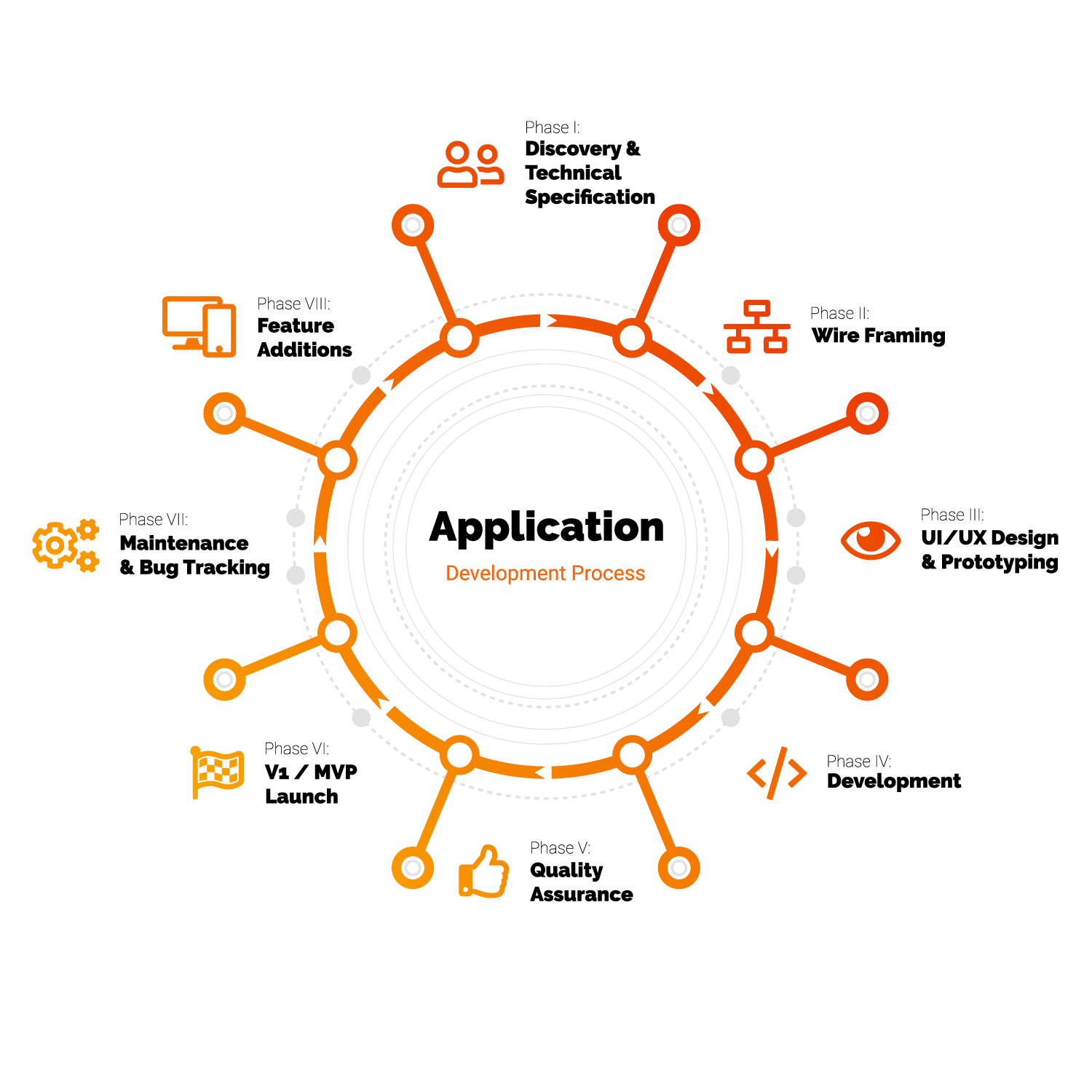
But the process itself isn’t an agency’s only duty. We have a responsibility to communicate as transparently as possible. Reports must be honest and understandable. Updates must be clear and fully transparent. The data shows it works — agencies with transparent processes always have better client-agency relationships. If the agency doesn’t share the good and the bad, they’re not worth your time and money.
The client’s role
While the agency’s role is to listen, communicate, and add structure, the client’s role is to trust the process and provide detailed goals and feedback. These tasks, however, can be tricky. That’s why PMI provides the following chart.
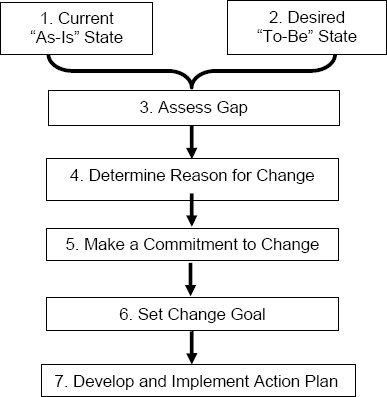
The strategy, therefore, is to assess galore, then send those goals to your team so you can develop a plan. Sometimes, these goals can be hard to figure out, so try to use the SMART framework.
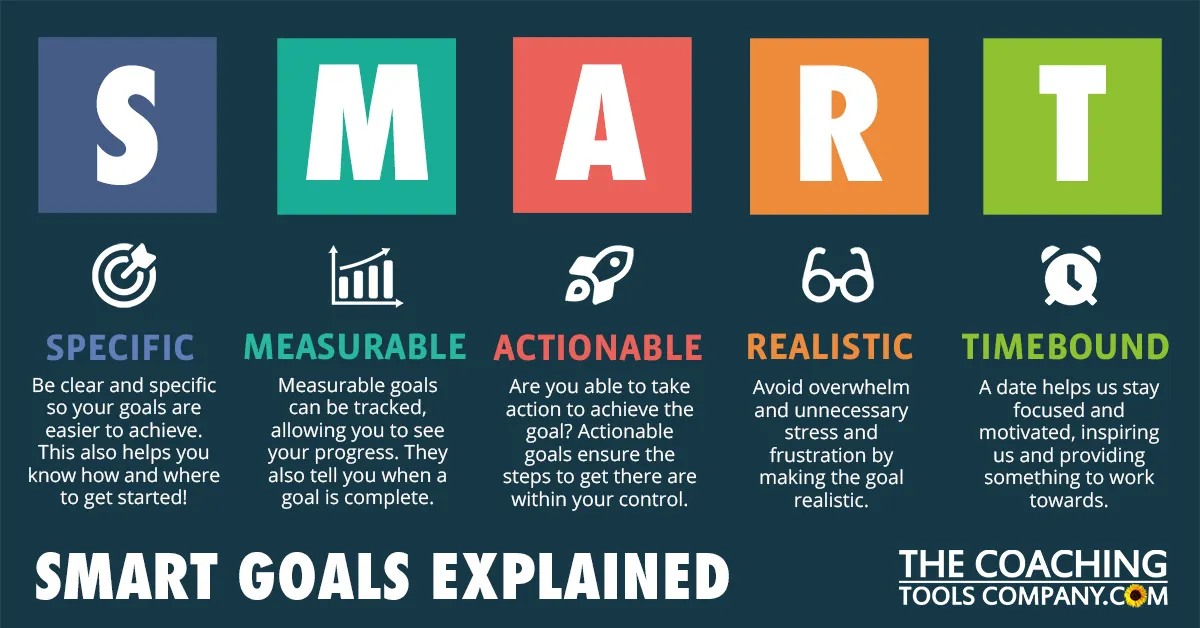
Following these steps will help you set better goals.
Finally, trust the process. You hired the agency for a reason, and they know what they’re doing. Let them do their job — just communicate at every turn.
Things both parties should do
Ultimately, agencies and clients need communication. They need to communicate the good and bad because without transparency, there’s no relationship to work with. The relationship is the core of the project, and without it, your project cannot succeed.
 Reed Steiner
Reed Steiner 